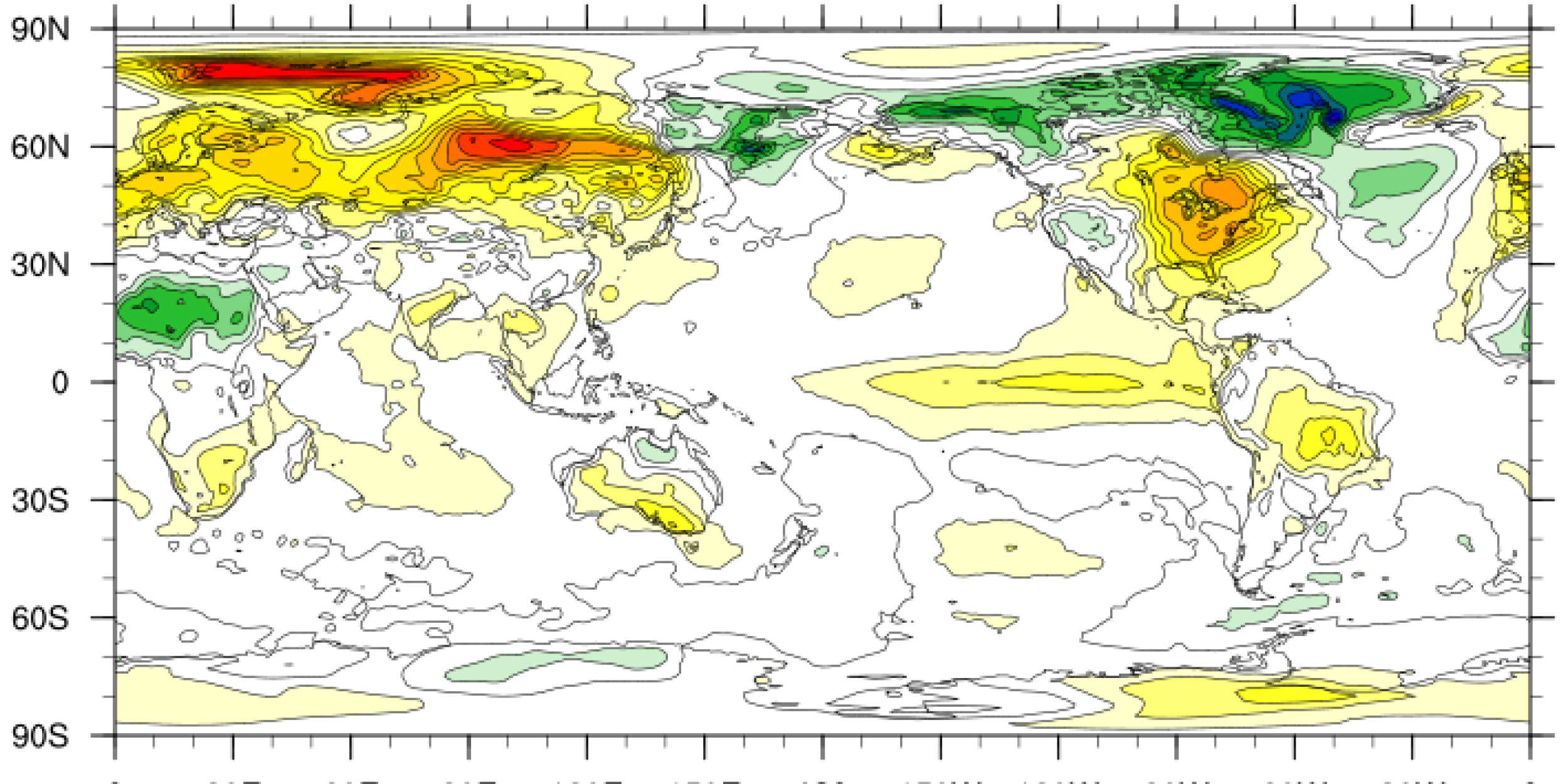Reanalysis products provide climate researchers with a detailed understanding of past weather and climate behavior. The NOAA-CIRES-DOE 20th Century Reanalysis Version 3 (20CRv3) is a new historical reanalysis product. A large group of scientists, funded in part by CPO’s Climate Observations and Monitoring (COM) and Modeling, Analysis, Predictions and Projections (MAPP) programs, have recently released an evaluation study of 20CRv3. Published in the Journal of Climate, the study is essentially a report card for the reanalysis product, comparing the 20CRv3 with other reanalyses and independent observations. Overall, the study found that the 20CRv3 produced useful estimates across its full time span for key atmospheric variables (mass, circulation, and precipitation fields) on scales from weather events to long-term climatic trends, as well as provides informative and reliable estimates of uncertainty. 20CRv3’s strong performance provides climate scientists with the opportunity to place recent trends in an even longer historical context.
Reanalysis products are created by combining historical observations, which are often scattered and incomplete, with modern numerical weather prediction model forecasts. Most reanalyses, however, only go back as far as the 1950s, mainly due to data availability and quality issues. The 20CRv3 uses only long-term surface observations in order to provide reconstructions even farther back in time. With this latest version offering improvements in model resolution, number of observations, and its data assimilation system, the 20CRv3 provides global, 3-hourly estimates of the atmosphere from 1806 to 2015.
Working across such different time periods meant the study team evaluated the 20CRv3 against different types of products and independent observations. For example, for the 19th century, they tested to see how the 20CRv3 reconstructed the Great Blizzard of 1888, while comparing it with satellite observations for the latter part of the 20th century. The product performed well across all time scales. Though the errors in 20CRv3 do increase the further back in time you go, these errors were generally captured within 20CRv3’s uncertainty estimates. The study team noted two major caveats: using 20CRv3 for upper-atmosphere studies and Southern Hemisphere work. However, acquiring more observations, particularly digitizing paper records from the 18th and 19th centuries, could further improve the product’s performance.
Photo credit: NOAA PSL


